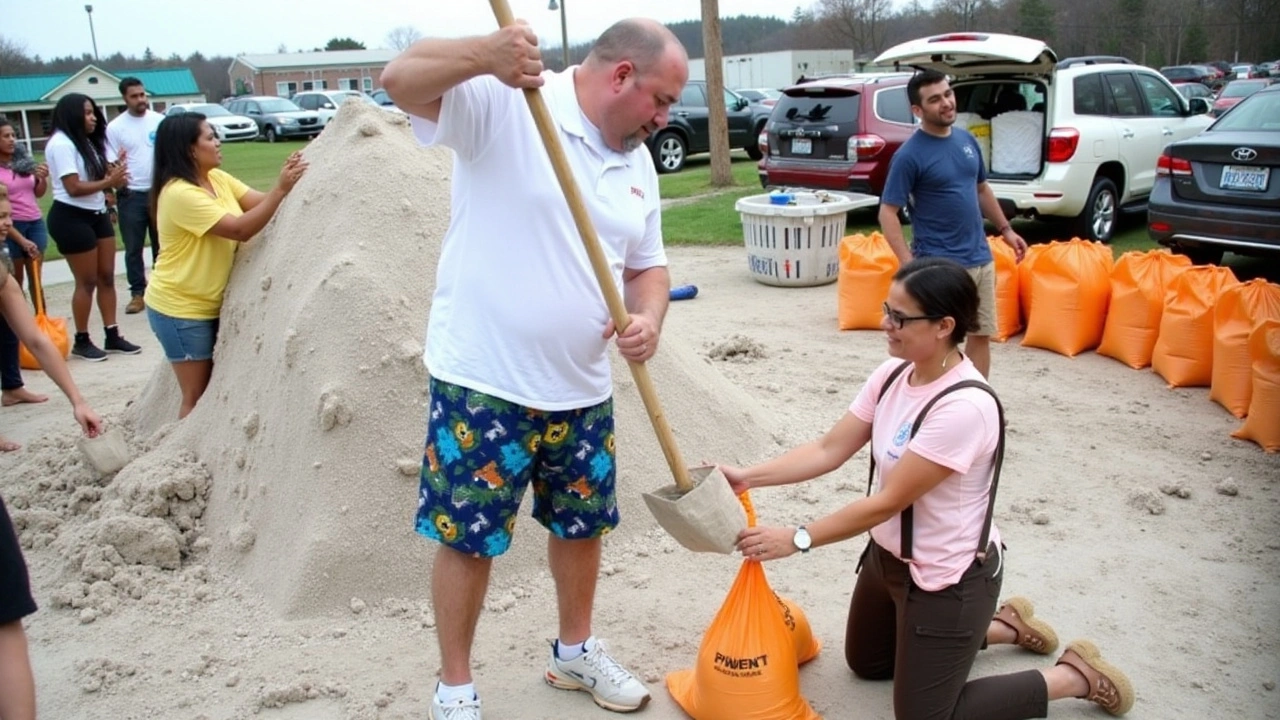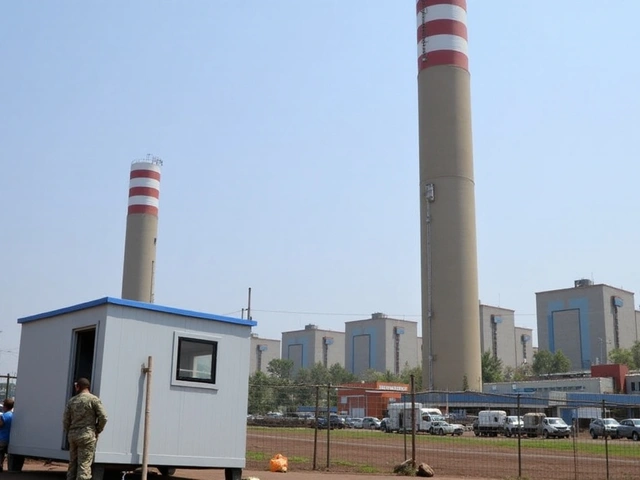Storm Surge: What You Need to Know
Storm surge is a sudden rise in sea level caused mainly by a storm's strong winds pushing water towards the shore. This isn’t just your regular high tide — it’s a dangerous flood that can drown coastal areas in minutes. Understanding how storm surges work can help you stay safe if you live near the ocean or travel to coastal regions prone to storms.
A storm surge happens when a hurricane or strong tropical storm approaches land and its powerful winds pile the sea water against the coast. The effect can raise the water level several feet above normal, flooding streets, damaging buildings, and disrupting communities. This flooding is often worse when a storm surge hits at the same time as high tide, making the water level even higher.
Why Storm Surges Are So Dangerous
Unlike regular flooding, storm surges come fast and with little warning, often leaving people little time to react. The salty ocean water can ruin fresh water supplies, destroy crops, and wreck infrastructure. Beaches and shorelines suffer heavy erosion, and wildlife habitats can be permanently damaged. For cities near the coast, even a small storm surge can mean power outages, road blockages, and threats to personal safety.
Rising sea levels due to climate change are making storm surges more severe. Higher baseline sea levels mean that storm surges reach further inland than before, putting more homes and businesses at risk than ever. Coastal cities worldwide are having to rethink how to prepare for and respond to these threats.
How You Can Stay Safe During a Storm Surge
First off, stay informed. Listen to weather alerts and evacuation orders from local authorities when a storm threatens your area. If you’re warned about a storm surge, don’t hesitate to move away from the coast to higher ground. Avoid driving or walking through flood waters — just six inches of moving water can knock you down. Preparing an emergency kit with essentials like food, water, and medications can be a lifesaver.
Communities can build sea walls, improve drainage, and restore natural barriers like mangroves and dunes to help lessen the impact of storm surges. But personal preparedness is key because these protections aren’t always enough against powerful storms.
Storm surges are one of nature’s most dangerous coastal hazards, but knowing what they are and how to act can make all the difference. Keep your safety in mind, stay updated, and be ready to act quickly when the waters rise.





